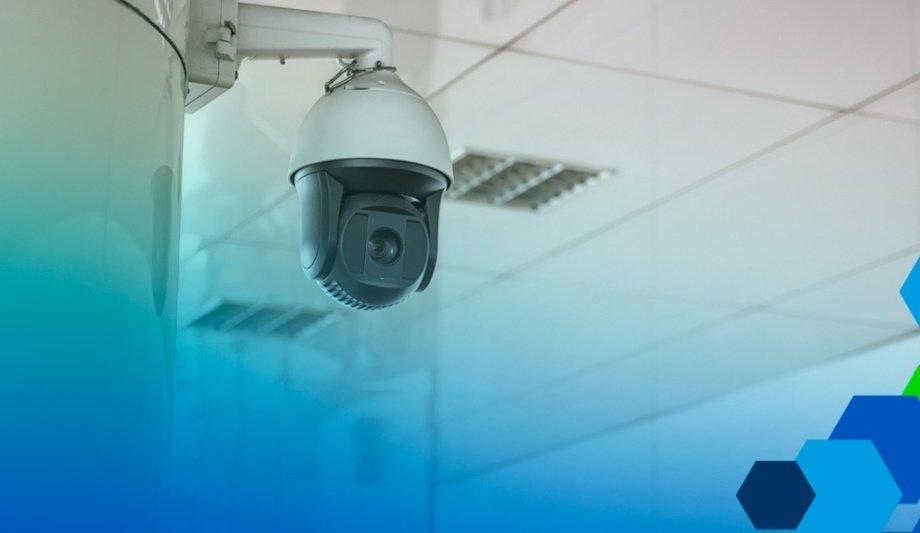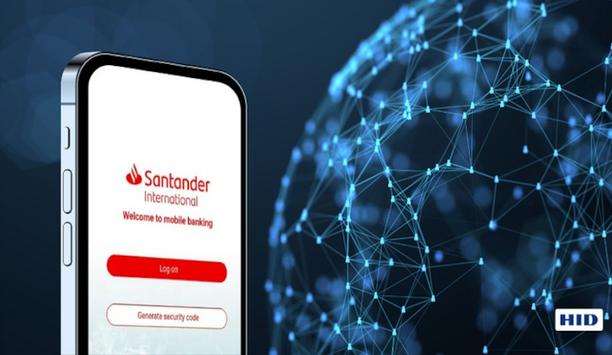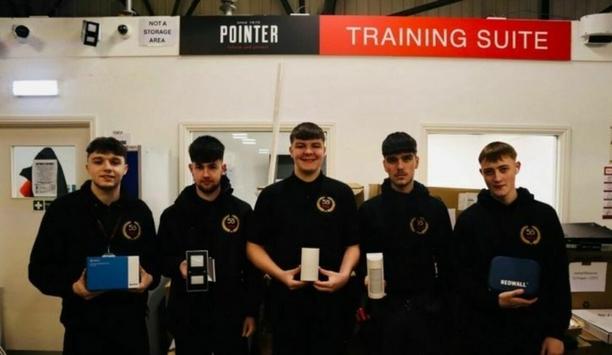Healthcare institutions have invested in technologies for many years to improve efficiency and patient safety. These innovations have developed with time, offering practical solutions to emerging challenges. One such technology is video analytics, which has become a priority for most healthcare organizations.
Advanced video technology and data analysis improve operational efficiency and safety in hospitals. They enable data collection, which they can leverage to optimize processes, streamline workflows, and improve patient care. This guide evaluates common healthcare challenges, the application of big data and video analytics technology in healthcare, and the strategies for leveraging such innovations.
Common Health Care Challenges
Healthcare institutions face many challenges, including:
1. Safety and Security
Healthcare facilities face many safety and security challenges, such as:
- Slips and falls: Injuries related to slips and falls are commonplace in most healthcare facilities, especially when patients are left unattended. Although some hospitals and nursing homes have emergency call buttons, weak patients may find it challenging to reach them. Motion detection analytics sends instant alerts, enabling healthcare workers to respond to emergencies.
- Wandering patients: According to research, approximately 36% of people with dementia wander off, exposing them to various risks. When such incidents occur in facilities with inadequate surveillance systems, it can be challenging to track the patients down. Video surveillance and analytics enable workers to monitor people with wandering tendencies, keeping them safer.
- Hygiene and cleanliness: The prevalence of contagious and drug-resistant superbugs, such as Methicillin-resistant Staphylococcus aureus (MRSA), poses health challenges in most healthcare facilities. These diseases can spread quickly unless the area is regularly and thoroughly cleaned. With systems like video analytics, staff can monitor cleaning activities and ensure they comply with the required standards.
- Disease transmission: Disease transmission is a concern in the healthcare industry, especially since the COVID-19 pandemic. This challenge has prompted medical professionals to invest in personal protective equipment (PPE) monitoring and detection systems to reduce exposure to illnesses. The technology uses computer vision algorithms to analyze video feeds and detect PPE violations.
Besides the above-listed, there are also security concerns like unauthorized access and theft in organizations that still use conventional safety systems. Data-driven video networks can enhance security by automatically detecting and alerting staff of suspicious activities and breaches in real time.
2. Workflow
With this information, management can streamline operations, reducing time while saving resources
Hospitals are complex environments with multiple departments, staff, and patients. Combining these various facets of the organization can affect workflow, making it crucial to optimize processes and allocate resources efficiently. Video analysis provides invaluable insights, assessing staff-staff and staff-patient interactions and equipment movements to identify patterns and bottlenecks. With this information, management can streamline operations, reducing time while saving resources.
For example, video analytics can decrease patient wait times by monitoring heavily used machinery, such as X-rays and MRIs, or overcrowding. This approach minimizes situations where injured or sick patients stand in lines waiting for hours to access a machine for diagnosis.
3. Staff Performance
Medical professionals must adhere to high standards, which is challenging when organizations over-rely on conventional methods. Most healthcare institutions are investing in intelligent video analytics, which allows them to reduce workload and human errors.
These modern innovations can analyze activities, measure adherence protocols such as PPE detection, and assess response times during critical situations. The information can help identify areas of improvement and guide decisions concerning training and support, and resource allocation to ensure consistent and efficient care delivery.
4. Asset Management
Healthcare organizations have valuable assets, including medication, medical equipment, and supplies. Video analytics can automatically monitor inventory levels of both PPE and medicine. The system can also enable them to detect anomalies such as misplaced and missing items, unauthorized personnel engaging with prescription drugs, and even detecting low inventory levels of medicine or PPE. These capabilities ensure the efficient utilization of material resources and inventory management, reducing losses and theft.
What Are the 4 Vs of Big Data Analytics in Health Care?
To understand the application of video and big data analytics in health care, it’s crucial to know the four Vs and how they impact the industry:
- Volume: The amount of data collected is critical to data analytics. The analyst must ascertain how much data they require depending on the size of the facility and the purpose for collecting the data.
- Velocity: Refers to the speed at which the system collects and analyses data. It’s essential for some data, such as patient vital signs in the ICU, to be updated in real-time and displayed immediately at the point of care. Other datasets, such as patient collection rates and readmission reports, may be updated leisurely without significant impact.
- Variety: Refers to the points of reference used to collect data. The sources may include medical records, radiology images, and patient behavior.
- Veracity: Refers to the information’s reliability. This feature sets the standard for data quality in the healthcare industry regarding quality and accuracy.



















